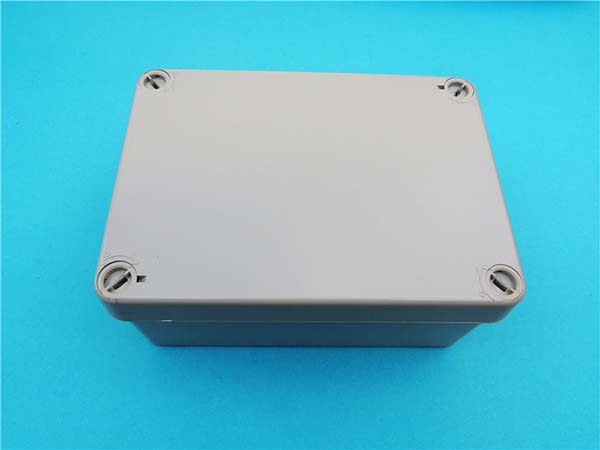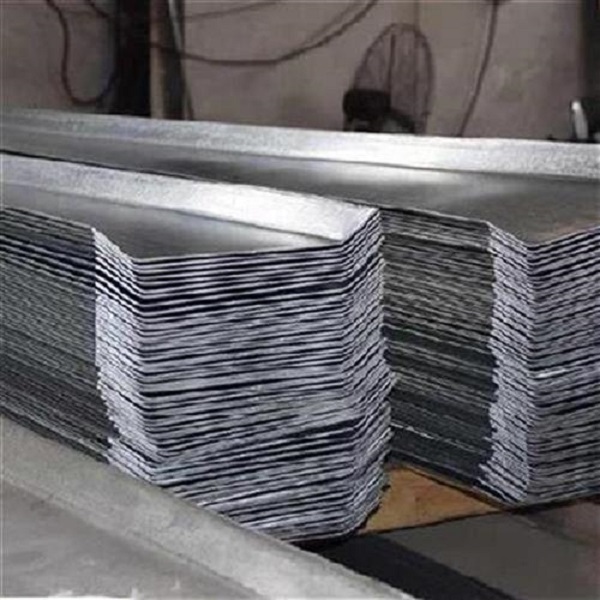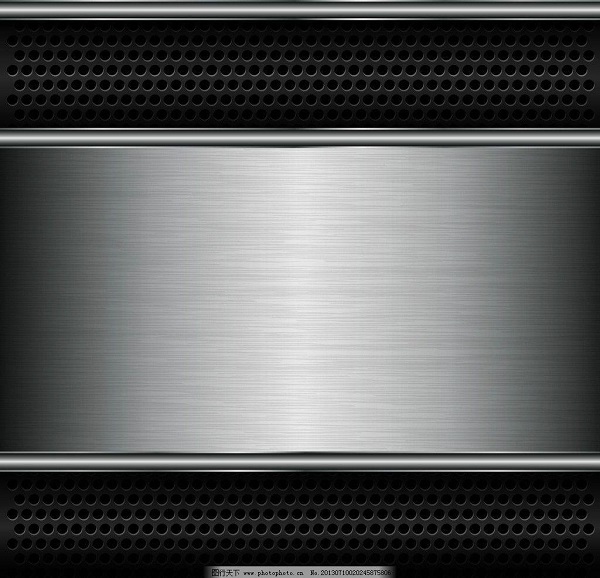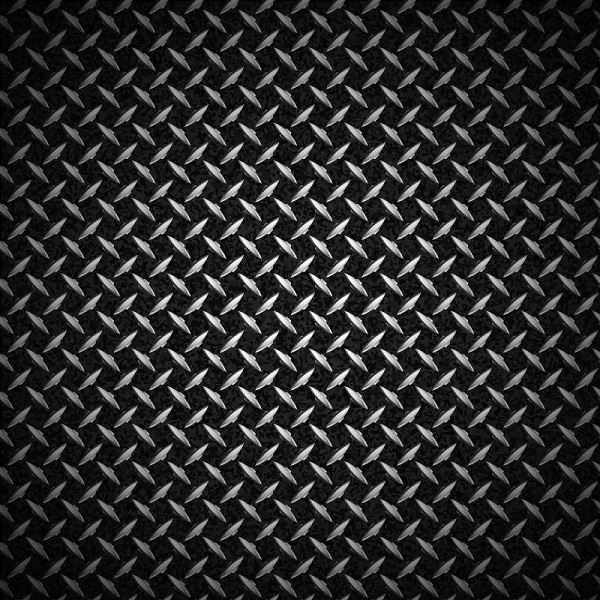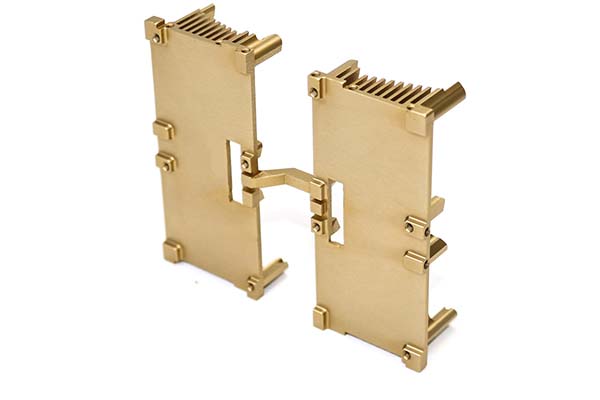Introduction
In the vast realm of metal processing, sheet metal shears stand as indispensable tools. Whether it's in large - scale industrial manufacturing plants or small - scale metalworking workshops, sheet metal shears play a crucial role. They are the key to precisely cutting various types of sheet metals, enabling the creation of components with accurate dimensions and smooth edges for a wide range of applications, from automotive parts production to the construction of intricate metal artworks. In this article, we will explore sheet metal shears from multiple perspectives, including their types, features, and how to choose the right one, aiming to help you make informed decisions and solve any related problems you might have in your metal - processing tasks.
Types of Sheet Metal Shears
When it comes to sheet metal shears, there are several types available, each with its own characteristics and applications. Understanding these types can help you choose the most suitable one for your specific needs.
Manual Sheet Metal Shears
Manual sheet metal shears, also known as hand shears, are the most basic type. They typically consist of two sharp blades connected by a pivot point, with handles on either side for the operator to grip. When the handles are squeezed together, the blades close, cutting through the sheet metal.
These shears are best suited for small - scale operations. For example, in a small repair shop where workers might need to cut small pieces of sheet metal for simple repairs. DIY enthusiasts also find them useful when making simple metal products like small brackets or decorative metal pieces at home. However, their cutting capacity is limited. They are usually only able to cut relatively thin sheets of metal, typically up to about 1 - 2mm thick, depending on the quality and size of the shears. And the process is labor - intensive, which is not efficient for large - scale production.
Mechanical Sheet Metal Shears
Mechanical sheet metal shears operate based on mechanical principles. They are powered by an electric motor, which drives a series of gears and linkages. These components transfer the rotational motion of the motor into the linear motion needed to operate the cutting blades.
In factories where the production volume requirements are not extremely high, mechanical sheet metal shears are a popular choice. They can cut metal sheets with a thickness ranging from 2 - 6mm, depending on the model. One of the main advantages of mechanical shears is that they are relatively easy to operate. Workers with basic training can quickly get up to speed. Also, compared to some more advanced types, their cost is relatively low, making them an affordable option for small - to - medium - sized enterprises. However, they may not be as precise as some of the more high - end models in the market, and their cutting speed is also limited.
Hydraulic Sheet Metal Shears
Hydraulic sheet metal shears derive their powerful cutting force from hydraulic pressure. A hydraulic pump generates high - pressure oil, which is then used to drive a piston. This piston is connected to the cutting blade, and the high - pressure force exerted by the oil allows the blade to cut through the metal sheet with great force.
These shears are commonly seen in large - scale metal processing enterprises. They are capable of handling large - sized and thick - gauge metal sheets. For instance, they can easily cut metal sheets that are 6 - 20mm thick or even thicker in some heavy - duty models. Their precision is also quite high, ensuring smooth and accurate cuts. However, they are more expensive to purchase and maintain compared to mechanical and manual shears. Also, they require a more complex hydraulic system, which may need professional maintenance and repair if there are any issues.
Applications
Automotive Industry
In the automotive industry, sheet metal shears play a vital role. For body parts, such as car doors, hoods, and fenders, sheet metal shears are used to cut the initial metal sheets into the required shapes. High - precision shears ensure that the cut edges are smooth, which is crucial for the subsequent stamping and forming processes. A study by an automotive manufacturing research institute shows that about 70% of the sheet metal components in a vehicle are initially cut by sheet metal shears.
Regarding engine parts, like engine brackets and some housing components, sheet metal shears also come into play. These parts need to be cut accurately to fit the engine structure precisely. The ability of sheet metal shears to handle different thicknesses of metal sheets, from 1 - 5mm, meets the diverse requirements of engine part manufacturing.
Construction Sector
In the construction sector, sheet metal shears are widely used. When it comes to ventilation ducts, sheet metal shears are used to cut the metal sheets into the appropriate sizes and shapes for duct fabrication. A standard ventilation duct in a commercial building might require sheets to be cut with an accuracy of ±1mm, and modern mechanical or hydraulic sheet metal shears can easily meet this requirement.
For building decorative parts, such as metal facades and decorative grilles, the precise cutting provided by sheet metal shears is essential. These parts often require complex shapes, and the shears can make clean cuts, enabling the creation of intricate designs. In a large - scale construction project, hundreds of square meters of metal sheets may need to be cut using sheet metal shears to create the desired decorative elements.
Electronics Manufacturing
In electronics manufacturing, sheet metal shears are instrumental in the production of various components. For electronic device housings, like those for smartphones, laptops, and tablets, sheet metal shears cut the metal sheets that will be formed into the protective outer casings. The thin - gauge metal sheets used in these applications, usually around 0.5 - 2mm thick, can be precisely cut by manual or mechanical shears.
For internal metal structure parts, such as heat sinks and support frames inside electronic devices, sheet metal shears ensure accurate dimensions. A well - cut heat sink can improve the heat dissipation efficiency of an electronic device by up to 30%, according to research in the field of electronics thermal management. These parts need to be cut to fit the internal layout of the device perfectly, and sheet metal shears are up to the task.
Yigu Technology's Viewpoint
As a non - standard plastic metal products custom supplier, Yigu Technology highly values the significance of sheet metal shears in the production process. Sheet metal shears are crucial in the raw material processing stage. Precise cutting by these shears ensures that the metal materials are accurately sized, which is essential for subsequent processing techniques such as bending, stamping, and welding.
Collaborating with high - quality sheet metal shears can significantly enhance production efficiency. For example, in custom - making metal enclosures, the right sheet metal shears can quickly and accurately cut the metal sheets according to the design requirements, reducing production time. Moreover, the quality of the cut directly affects the final product quality. High - precision sheet metal shears can guarantee smooth edges and accurate dimensions, minimizing the occurrence of defective products. In short, the proper use of sheet metal shears is an important factor in achieving efficient and high - quality custom production.
FAQs
What is the best type of sheet metal shears for a small workshop?
For a small workshop, manual or small - scale mechanical sheet metal shears are often the best choices. Manual shears are cost - effective and suitable for occasional and small - scale cutting tasks. They are easy to operate without the need for complex power sources, which is convenient for small - scale DIY projects or simple repair work. Small - scale mechanical shears, on the other hand, can handle slightly thicker metal sheets compared to manual shears. They offer higher efficiency and are still relatively affordable. For example, if you need to cut sheets up to 3 - 4mm thick in a small workshop, a small mechanical shear can complete the task more quickly and with less physical effort than manual shears.
How often should I maintain my sheet metal shears?
The maintenance frequency of sheet metal shears depends on their usage frequency. If the shears are used daily in a busy workshop, it is recommended to perform a basic inspection and maintenance at least once a week. This includes checking the sharpness of the blades, lubricating the moving parts such as hinges and gears, and inspecting for any signs of wear or damage. For less frequently used shears, a monthly maintenance check should be sufficient. During maintenance, pay attention to cleaning the blades to prevent metal debris from accumulating, as this can affect the cutting quality and the lifespan of the shears.
Can sheet metal shears cut different types of metals?
Yes, sheet metal shears can cut different types of metals, including steel, aluminum, copper, and brass. However, it's important to choose the right type and size of sheet metal shears according to the hardness and thickness of the metal. For example, softer metals like aluminum can be cut more easily, and a smaller - capacity shear may be sufficient. But for harder metals such as high - carbon steel, a more powerful shear with sharp and durable blades is required. Thicker metal sheets also demand shears with greater cutting force. If you try to cut a thick - gauge stainless - steel sheet with a shear designed for thin - gauge aluminum, the blades may become dull quickly, or the shear may not be able to make a clean cut at all.
